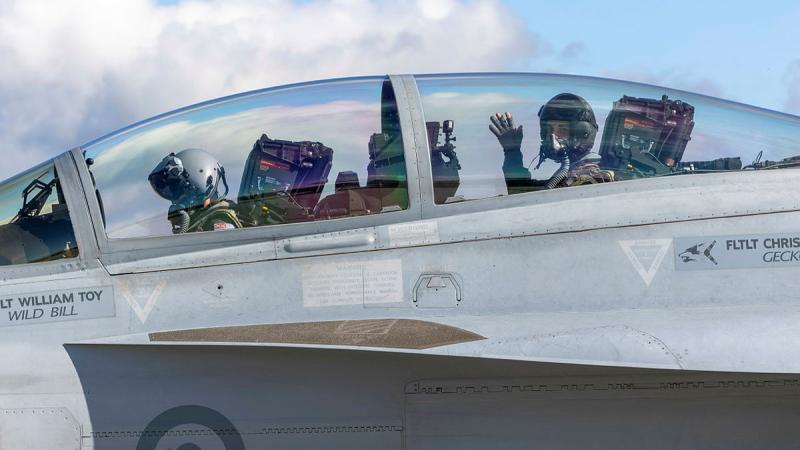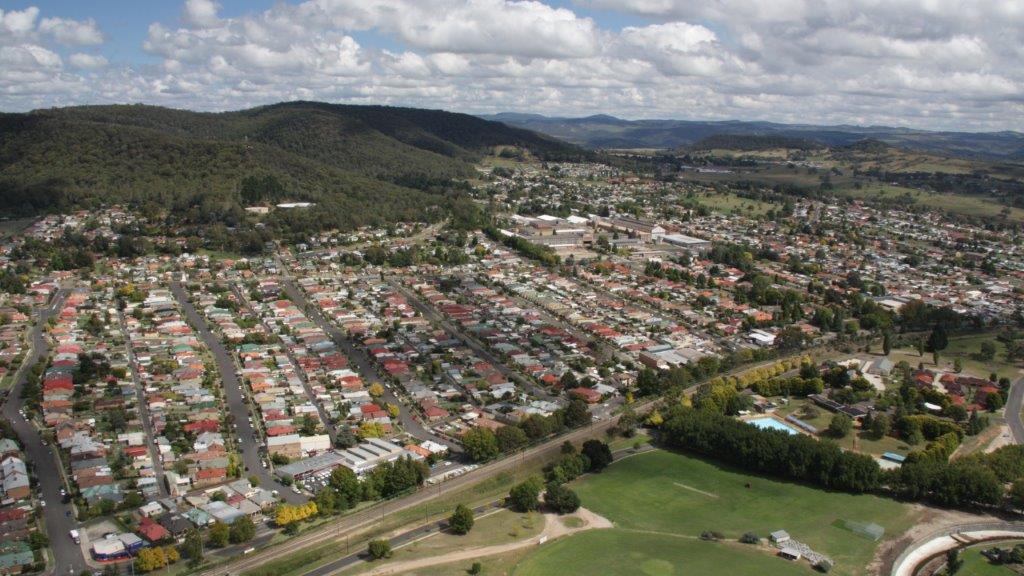Discussions about evidence-based management of wild and farmed deer in Tasmania have once again been derailed this week by a misleading media campaign driven by vested commercial interests.
In December last year, a heavily redacted version of “Feasibility Study into Wild Shot Venison for Commercial Consumption” was released publicly with no fanfare.
The study was conducted by Owen Tilbury from a Launceston Based consultancy (CLIP). From what we can see of the redacted study it is deeply flawed.
The Australian Deer Association has a clear apprehension of bias when it comes to this study. Subsequent to winning the tender to conduct the study, Mr Tilbury casually declared that he had previously taken a public position on the commercial consumption of wild deer in Tasmania, in support of one of the key protagonists, with whom Mr Tilbury has a social relationship.
The key findings from this study do not align with a more comprehensive “Situation Analysis of commercial wild deer harvesting in Australia, with reference to New Zealand” that was published in October 2020 and concluded that:
The market for wild shot venison in Australia is small and developing.
The experience of ‘boom-bust’ nature of the farmed venison industry and the wild harvesting in New Zealand suggest that expansion will be slow and that market saturation levels will be limited. Preferred local outlets for prime cuts in particular will be particularly constrained for the foreseeable future due to the COVID-19 related downturn. Commercial harvest has the potential to assist in overabundant wild deer population management, although the value and scale of that can be overstated.
Further research into potential market opportunities should precede any further government investment or regulatory change. Government should also consider the impacts on the farmed venison industry and recreational hunting of any proposed regulatory changes
Tasmania’s Quality Game Management (QGM) principles were established in the 1990s to ensure that our wild fallow deer could be suitability managed for the benefit of all Tasmanians. In 2017 the Legislative Council conducted an independent inquiry on wild fallow deer in Tasmania. The Tasmanian Government is now invested in the process of implementing the recommendations from that inquiry.
“This is not a case that the (Legislative Council” inquiry failed or that the policies are wrong,” Mr Freeman said “more that individuals were opposed to the outcomes so they are now trying a different tack to get what they want. Their option would see a few dollars flow to a few people for a short time whilst dismantling evidence-based principles of the QGM system which serves Tasmania well and could see Tasmania setting world’s best practice in wild deer management, thus seeing the “resource’ enjoyed by any of us Tasmanian’s that choose to envelope themselves into our environment and all it has to offer us, instead of a few wealthy individuals to continue to line their pockets and see our main of our wild venison made into dog meat or fish food?”
We continue to question how a “High Quality” product can be delivered year-round to supply a high-end restaurant trade, given the number of uncontrollable factors that come with “Wild Shot Game Animals,” these include but are not limited to – timeframe from the animal’s death to when it is delivered to processing facilities, control and auditing of this process, control of withholding periods after application on pesticides or herbicides on grazing areas, quality of venison as it changes through-out the year with fallow deer biology. Given the amount of wild shot deer currently illegally entering the commercial food chain within Tasmania partly due to lack of resources for policing, why would we expect the Tasmanian taxpayer to fund & resource a “limited trial of commercial use”?








